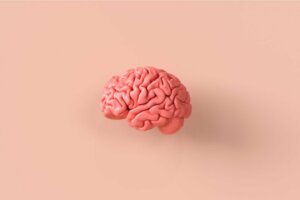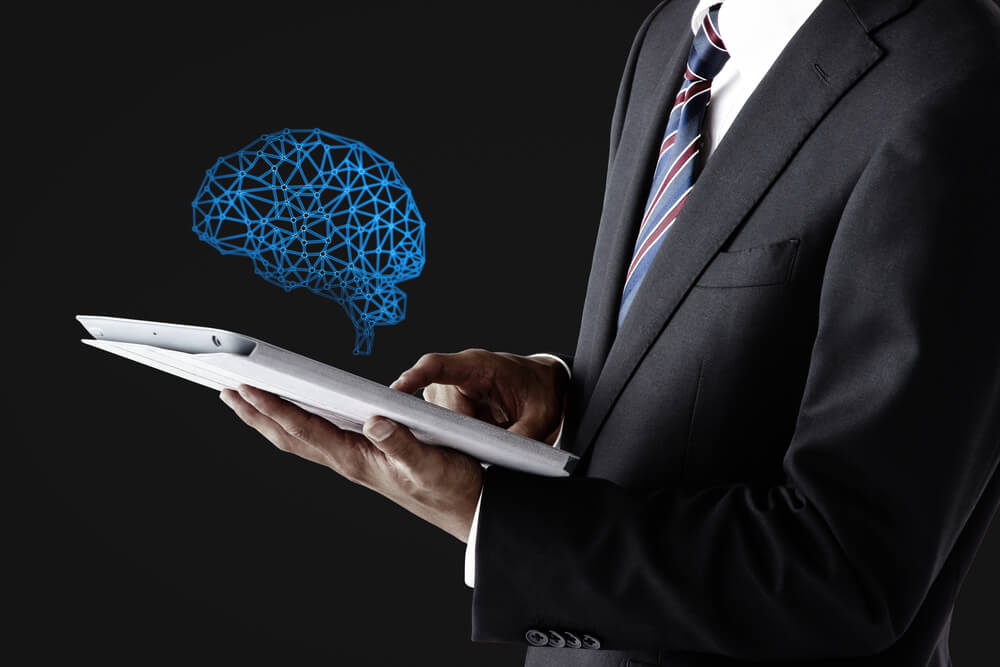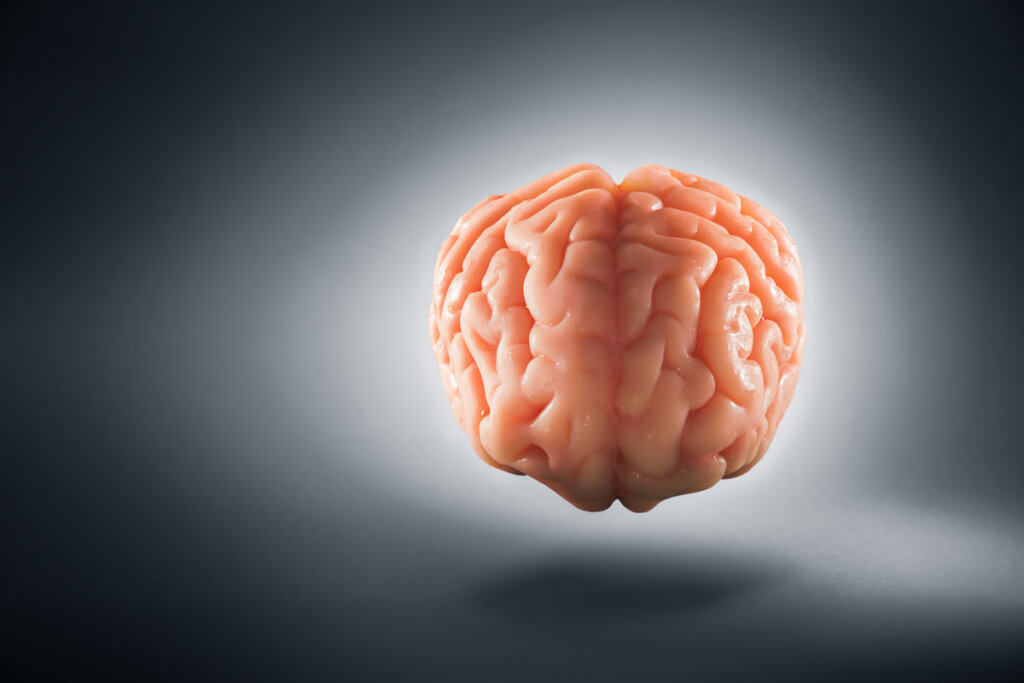Neuroethics, A Fascinating Look at the Brain and Moral Behaviors

Neuroethics has two meanings. Between 1973 and 2002, it was defined as ‘a field of knowledge that examined ethics in the neurosciences’. However, from 2002, it’s been approached as the neuroscience of ethics. This last concept is the one that predominates today. It seeks to base ethics not on the field of philosophy, but on neurobiology.
The german neuropsychiatrist, Anneliese Alma Pontius was the first person to speak of neuroethics. However, many think that this branch of knowledge acquired its own identity with the publication of a text entitled Neurophilosophy. Toward a Unified Science of the Mind /Brain, by Patricia S. Churchland, in 1986.
” In my opinion, neuroethics should be defined as the analysis of how we want to approach the social aspects of illness, normality, mortality, way of life and philosophy of life, from our understanding of the underlying brain mechanisms.”
-Michael Gazzaniga-
On July 17, 1990, the United States Congress made the decision to promote neuroscience research. In fact, they announced a project entitled “Decade of the Brain”. This increased the number of studies conducted and texts produced on the subject.
Neuroethics: origins

Advances in neuroscience began to raise questions that didn’t exist before. For example, what to do with patients in vegetative states? How to deal with the subject of brain death? These, and other questions gave rise to great debates in bioethics. They later became the subject of study in neuroethics.
Initially, neuroscience research mainly addressed diseases of the brain and possible treatments for them. However, over time a new reality began to take shape: In fact, evidence increasingly showed that the brain should not only be seen as an organ of the body but as the fundamental basis of all human activity.
By 2002, this was evident. It was patented in a short article by Adina L. Roskies. In this article, she stated that it was time to speak not of an ethics of neuroscience, but of a neuroscience of ethics. This was based on findings such as the fact that an abnormality in the brain region could alter a person’s moral judgment. Or, that excessive production of certain substances modifies behavior.
In parallel, advances in neuroscience have made it possible to monitor the human brain in a way that they’ve never managed to achieve before. As a matter of fact, it’s not an exaggeration to say that today, via neuroimaging, it’s possible to know what a person thinks. In addition, you can also change what that person thinks with some of the techniques. For this reason, the old meaning of neuroethics still remains valid.
The neuroscience of ethics
As the brain has been understood, so has research on its relationship to ethical behavior. Crucial at this point is the name, Joshua D. Greene. This researcher did a study in which he took up the old “trolley problem”. However, for the first time, he analyzed it using neuroimaging.
The trolley problem states that the driver of a trolley has lost control. It’s rapidly approaching a fork in the tracks. On the left-hand track, there are five railway workers, so if the vehicle continues on its way it will run over them. However, on the right-hand side track is one railway worker. If the driver activates a lever, the tram will swerve and only knock over the one railway worker. What should he do? Should he not intervene and let the tram run its course, thus killing five people? Or, should he intervene and be the direct cause of the death of one person, thus saving the other five?
Another variant of this dilemma places a man on top of a footbridge watching a similar trolley drama unfold. If the trolley continues on its route it will kill five railway workers. Standing next to the observer is a large, fairly old, obese man. The man watches the uncontrollable tram and thinks that if he throws the old obese guy next to him onto the track, this will stop the vehicle. In doing so, the man will die but the five workers will be saved.
Brain and ethics

Social psychology studies have been conducted for many years evaluating what different people would do in these situations. Greene also posed the dilemma to a group of volunteers. However, on this occasion, he didn’t take their responses into account. Instead, he monitored what was going on in their brains.
Greene defined the first situation as a moral-impersonal dilemma. This is because the trolley driver must interact with a lever. However, the second scenario is a moral-personal dilemma. In other words, the observer must carry out an action directed toward another human being. Greene found that in moral-impersonal dilemmas the prefrontal cortex of the brain is activated. However, in moral-personal dilemmas, the subcortical areas, such as the amygdala are activated.
Greene’s observations allowed him to conclude that most people possess a moral intuitionism rather than a rationalist one. In other words, they use emotions (amygdala) more than reason (prefrontal cortex) to evaluate a situation. This study proved to be a milestone. Since then, researchers have conducted hundreds of similar investigations.
As you can see, neuroethics is a fascinating area that’s just beginning to pay off. In fact, all of these findings have also influenced the philosophical and psychological approaches to human behavior. Without a doubt, this branch of knowledge will continue to surprise us in the coming years.
Neuroethics has two meanings. Between 1973 and 2002, it was defined as ‘a field of knowledge that examined ethics in the neurosciences’. However, from 2002, it’s been approached as the neuroscience of ethics. This last concept is the one that predominates today. It seeks to base ethics not on the field of philosophy, but on neurobiology.
The german neuropsychiatrist, Anneliese Alma Pontius was the first person to speak of neuroethics. However, many think that this branch of knowledge acquired its own identity with the publication of a text entitled Neurophilosophy. Toward a Unified Science of the Mind /Brain, by Patricia S. Churchland, in 1986.
” In my opinion, neuroethics should be defined as the analysis of how we want to approach the social aspects of illness, normality, mortality, way of life and philosophy of life, from our understanding of the underlying brain mechanisms.”
-Michael Gazzaniga-
On July 17, 1990, the United States Congress made the decision to promote neuroscience research. In fact, they announced a project entitled “Decade of the Brain”. This increased the number of studies conducted and texts produced on the subject.
Neuroethics: origins

Advances in neuroscience began to raise questions that didn’t exist before. For example, what to do with patients in vegetative states? How to deal with the subject of brain death? These, and other questions gave rise to great debates in bioethics. They later became the subject of study in neuroethics.
Initially, neuroscience research mainly addressed diseases of the brain and possible treatments for them. However, over time a new reality began to take shape: In fact, evidence increasingly showed that the brain should not only be seen as an organ of the body but as the fundamental basis of all human activity.
By 2002, this was evident. It was patented in a short article by Adina L. Roskies. In this article, she stated that it was time to speak not of an ethics of neuroscience, but of a neuroscience of ethics. This was based on findings such as the fact that an abnormality in the brain region could alter a person’s moral judgment. Or, that excessive production of certain substances modifies behavior.
In parallel, advances in neuroscience have made it possible to monitor the human brain in a way that they’ve never managed to achieve before. As a matter of fact, it’s not an exaggeration to say that today, via neuroimaging, it’s possible to know what a person thinks. In addition, you can also change what that person thinks with some of the techniques. For this reason, the old meaning of neuroethics still remains valid.
The neuroscience of ethics
As the brain has been understood, so has research on its relationship to ethical behavior. Crucial at this point is the name, Joshua D. Greene. This researcher did a study in which he took up the old “trolley problem”. However, for the first time, he analyzed it using neuroimaging.
The trolley problem states that the driver of a trolley has lost control. It’s rapidly approaching a fork in the tracks. On the left-hand track, there are five railway workers, so if the vehicle continues on its way it will run over them. However, on the right-hand side track is one railway worker. If the driver activates a lever, the tram will swerve and only knock over the one railway worker. What should he do? Should he not intervene and let the tram run its course, thus killing five people? Or, should he intervene and be the direct cause of the death of one person, thus saving the other five?
Another variant of this dilemma places a man on top of a footbridge watching a similar trolley drama unfold. If the trolley continues on its route it will kill five railway workers. Standing next to the observer is a large, fairly old, obese man. The man watches the uncontrollable tram and thinks that if he throws the old obese guy next to him onto the track, this will stop the vehicle. In doing so, the man will die but the five workers will be saved.
Brain and ethics

Social psychology studies have been conducted for many years evaluating what different people would do in these situations. Greene also posed the dilemma to a group of volunteers. However, on this occasion, he didn’t take their responses into account. Instead, he monitored what was going on in their brains.
Greene defined the first situation as a moral-impersonal dilemma. This is because the trolley driver must interact with a lever. However, the second scenario is a moral-personal dilemma. In other words, the observer must carry out an action directed toward another human being. Greene found that in moral-impersonal dilemmas the prefrontal cortex of the brain is activated. However, in moral-personal dilemmas, the subcortical areas, such as the amygdala are activated.
Greene’s observations allowed him to conclude that most people possess a moral intuitionism rather than a rationalist one. In other words, they use emotions (amygdala) more than reason (prefrontal cortex) to evaluate a situation. This study proved to be a milestone. Since then, researchers have conducted hundreds of similar investigations.
As you can see, neuroethics is a fascinating area that’s just beginning to pay off. In fact, all of these findings have also influenced the philosophical and psychological approaches to human behavior. Without a doubt, this branch of knowledge will continue to surprise us in the coming years.
All cited sources were thoroughly reviewed by our team to ensure their quality, reliability, currency, and validity. The bibliography of this article was considered reliable and of academic or scientific accuracy.
- Álvarez-Díaz, J. A. (2013). Neuroética como neurociencia de la ética. Rev Neurol, 57(8), 374-82.
This text is provided for informational purposes only and does not replace consultation with a professional. If in doubt, consult your specialist.







